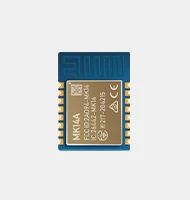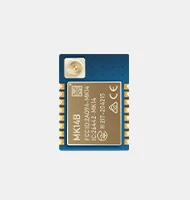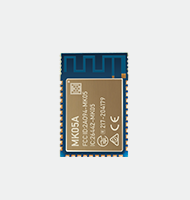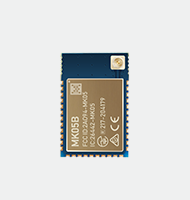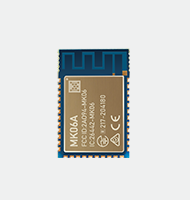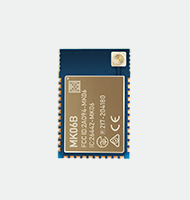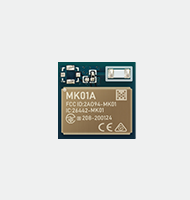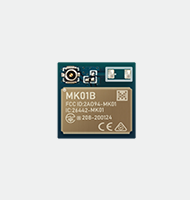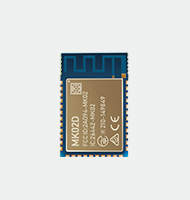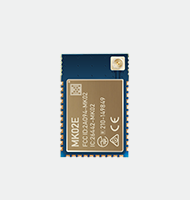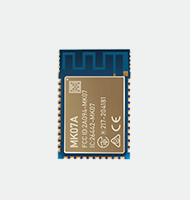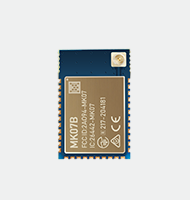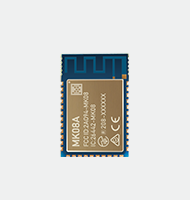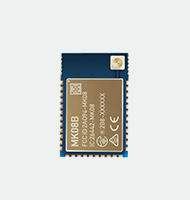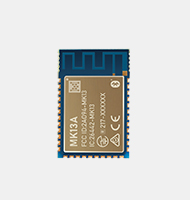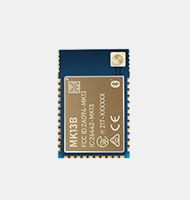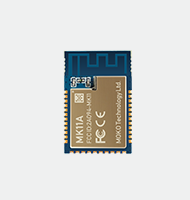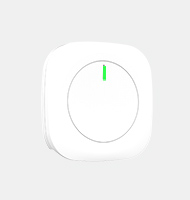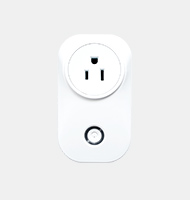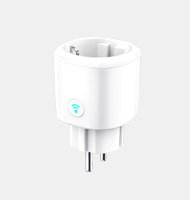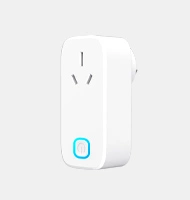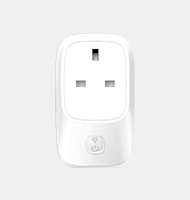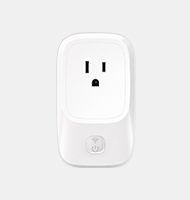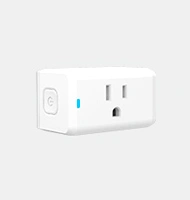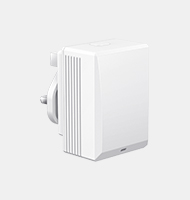Point of Interest Information
Beacon Point of Interest Solution
Gone are the days when people crowd around town maps and billboards to find their points of interest. With BLE beacon technology, citizens can quickly figure out the places they are interested in visiting. In recent years, most facilities have BLE beacons and receivers installed at strategic points around the facility.
Therefore, visitors are no longer wandering in cities aimlessly trying to locate places. With this technology, they can quickly locate restrooms, restaurants, parking areas, bathrooms, cyber cafes, and offices, among other points of interest. What they require to enjoy these services are Bluetooth-enabled devices, like Smartphones and specific apps.
Point-Based Beacon Deployment
With a point-based deployment strategy, you install BLE beacons at specific points or places where you want to engage with your clients. This means that there is no need to cover the entire area or facility with beacons. For instance, you can use this approach to trigger notifications to your clients’ phones only in the payment section of your store.
You require a few beacons for this deployment strategy, as it involves covering the exact location of interest. These points can be on shop shelves, payment sections in supermarkets, museums, building entrances, among other areas.
For this deployment approach, you decide on the number of beacons to use depending on the object’s size. Therefore, you must survey the entire area and come up with a floor map or plan to decide the exact point of interest. This helps in avoiding any confusion.
To know whether your app is fully functional for this deployment approach, test with one BLE beacon. If it’s timely in triggering the assigned action, then your point-based beacon deployment is successful.

Benefits of Using Beacons in Points of Interest

Enhance Location-Based Advertising
With beacons, business owners get the opportunity to advertise their goods and services in specific locations. For instance, if it’s in a shopping mall, the manager may decide to install beacons at the store entrance. When a customer enters the shop, beacons trigger a specific notification or an ad on their Smartphones.

Reduces Wastage of Time
Beacons help visitors find their points of interest effortlessly and quickly. They don’t spend much time locating the places they wish to visit. For instance, they can find bathrooms, hotels, and shopping malls without wandering around in cities aimlessly.

Offers Proximity Solutions
Businesses can benefit from beacons used for points of interest through proximity marketing. For instance, an organization may deploy a beacon at the entrance of its premises. When people pass through the entrance, they’ll receive an ad or notification of a product with a promotion in that store. These people may decide to buy the products even though they had no interest in them at that moment.

Improves Visitors’ Safety
With beacons used for points of interest, visitors can find their way on time to specific places they want to visit. This means there’s no need to ask around for directions. Therefore, criminals will have no chance to harass and steal from these guests.
How Beacons Enhance Experiences at point of interest
For travel, tourism, and hospitality industries, customer acquisition and maintenance contributes significantly to their success. Due to the high competition in these industries, there is a need to embrace the latest technology to compete favorably. The use of beacons in these sectors is critical to succeeding in maintaining customers

Beacons at Airport
Installing BLE beacons at the airport helps enhance the customer experience in various ways. They ensure a smooth transition of all travelers and visitors through the following:
- Ensuring air travelers know the direction of check-in points
- Sending notifications to them when the flight time changes
- Ensuring efficient airport navigation
- Notifies travelers where to collect their luggage upon arrival
- Guides visitors to the airports’ various locations, for instance, the new gate, check-in points, nearby restaurants, and shops.
Beacons at Museums
Museums are among the biggest beneficiaries of BLE beacon technology. They use them to enhance visitors’ experiences in the following ways:
- Triggering contextual information to guests as they visit various points around the museum.
- It helps avoid long queues by the visitors at the check-in points, as they get entry tickets. Instead of queuing, beacons recognize and automatically record the visitors’ details through the installed app on their smart devices as they pass through the museum door.
- By deploying beacons around the museum, visitors can have a seamless self-guided tour. As they move around the museum, beacons keep sending them detailed information about the artifacts and exhibits they’re viewing. Therefore, they can move at their own pace, spending as much time as they want in each area.


Beacons at Hotels
Installing beacons in hotels can help improve the way you connect with your guests. The clients can get personalized messages about the hotel’s services through the app on their Smartphones. They can get push notifications from time to time about the amenities available and other special services offered in the restaurant. They can also navigate through the hotel to locate different areas like restrooms. This can help improve their experience throughout their stay.
Travel Discovery
Beacon technology can help travelers discover tourist attraction sites. By installing beacon apps on their Smartphones, tourists can receive various notifications as they travel around the city. The beacons can notify them about;
- Nearby attraction sites, especially those in history
- Shopping areas
- Transportation schedules
- Nearby restaurants
- Weather updates

How Beacons Work
When people with beacon apps installed on their Smartphones enter an area with beacon devices, the nearest beacon will locate the Smartphones using BLE. The mobile devices will then send a signal containing their ID number to the cloud server.
The beacons will then respond by sending notifications to the users with specific messages. The users will then locate different places or points of interest by clicking on the notification messages. The beacons will keep sending the pop-ups to the users as they move to different places.
How Beacons Work
When people with beacon apps installed on their Smartphones enter an area with beacon devices, the nearest beacon will locate the Smartphones using BLE. The mobile devices will then send a signal containing their ID number to the cloud server.
The beacons will then respond by sending notifications to the users with specific messages. The users will then locate different places or points of interest by clicking on the notification messages. The beacons will keep sending the pop-ups to the users as they move to different places.

What we Offer For Beacon Tourism Solution
We offer various types of beacons that can efficiently offer tourism solutions. Our beacons can help travelers locate tourism attraction sites and other essential locations as they travel. Most of these beacons are wearable and highly portable. For instance, tourists can wear W1 wearable beacons on their wrist as a bracelet. These beacons can help improve travelers’ experience as tourists.

